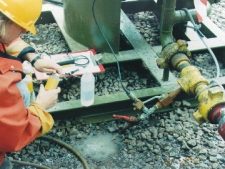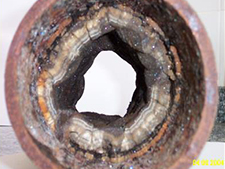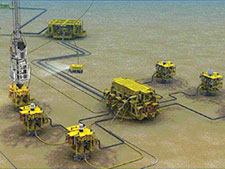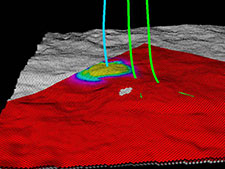Benefits
- Allows scale risks to be monitored in wells and aids scale mitigation decisions.
- Results can be used to constrain reservoir models.
Background
On fields where water injection is being undertaken and scale is predicted to deposit in the production wells, one scale mitigation approach is to wait for evidence of injection water breakthrough and then to start scale mitigation treatment in the well (e.g. scale squeeze). Thereafter the scale mitigation treatment may be varied according to the injection water fraction in the produced water stream.
These two parameters can also be used to constrain the reservoir model. For example, where the reservoir model is run in ‘tracer mode’, injection water breakthrough and injection water fractions can be generated for each well. These data can then be compared against the same values obtained from produced water compositions with discrepancies being used to identify where the reservoir model could be improved. So, identification of injection water breakthrough and quantification of the injection water fraction benefit both scale and reservoir management.
Natural tracers in injection water can be used to identify injection water breakthrough and to quantify the fraction of injection water in the produced water stream. It is important that the natural tracers are not significantly affected by reservoir reactions, or, if they are, the magnitude of the reaction effects should be known. But, it is not always evident which natural tracers should be used in these applications. Also, there are several potential methods for identifying injection water breakthrough from produced water analyses, but they have different sensitivities and uncertainties.
Using a combination of information obtained from analogue studies and interpretation of your produced water analyses, we can select appropriate natural tracers for your reservoir, identify injection water breakthrough and quantify injection water fractions for your wells, and where appropriate, compare the results against those from your reservoir model. For new developments we can also advise on which natural tracers to use to monitor injection water returns from you wells and comment on the likely sensitivity of methods for identifying injection water breakthrough and for calculating the injection water fraction from produced water analyses.
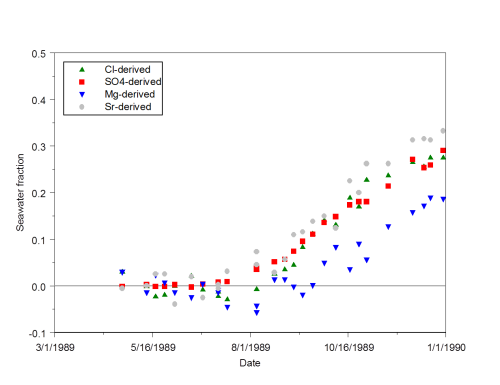
Comparison of injection water (seawater) breakthrough and fractions in Well X using different ions


